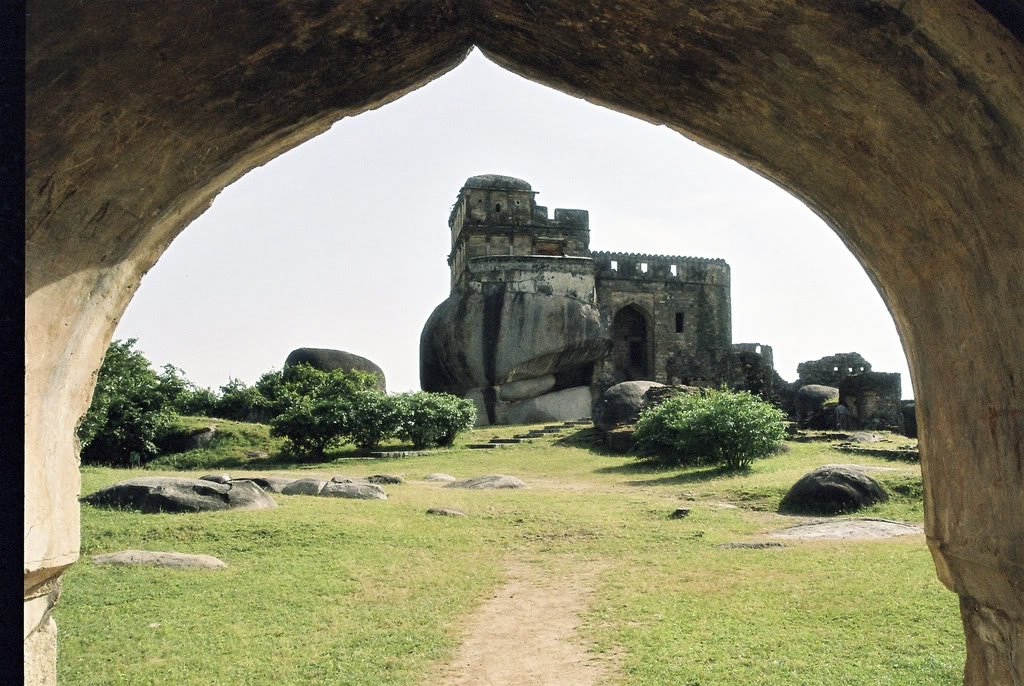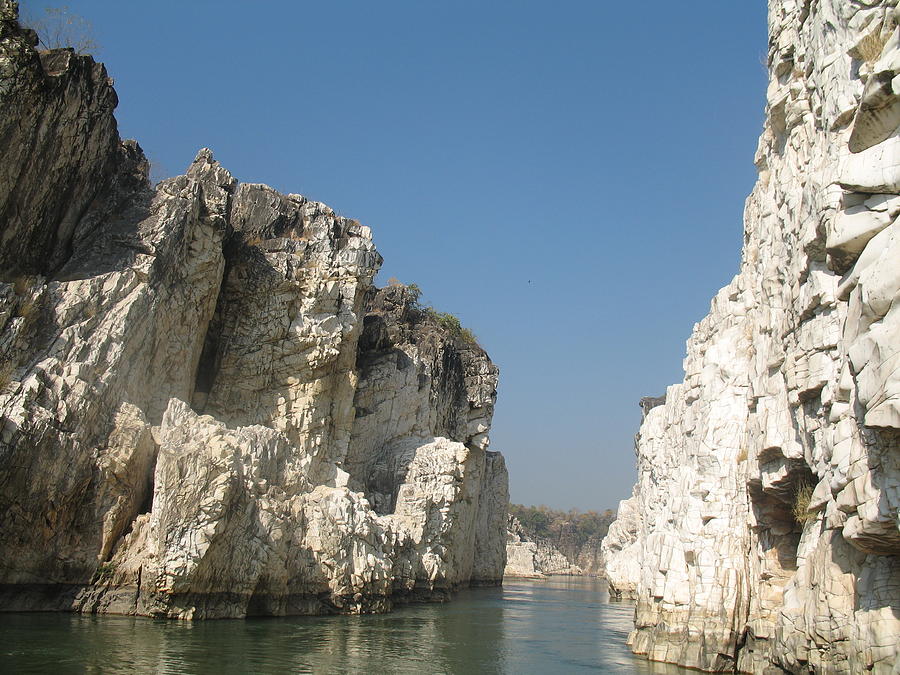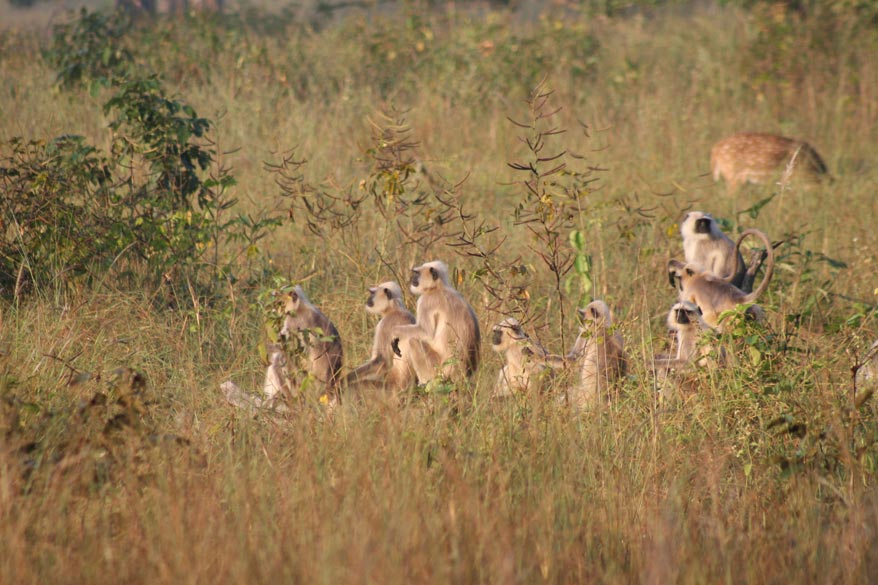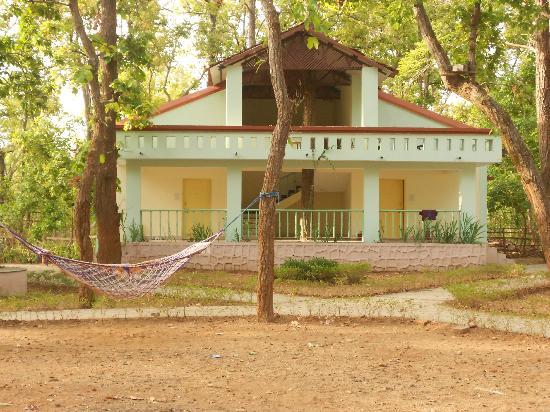How to reach here:
By Air: Jabalpur is connected with regular flights from Delhi & Bhopal.
By Rail:The town of Jabalpur has a major railway station that is well connected to many Indian cities.
Best time to visit: October to March.
Languages spoken: Hindi.
Must eat: Lassi, Rabri and Khova Jalebi.
Famous Restaurants: Options, Indian Coffee House, Satyam Shivam Sundaram.
Places you must visit:
The Rani Durgavati Museum of Jabalpur is a memorial built in 1964 to commemorate Queen Durgavati. Queen Durgavati was known as a symbol of martyrdom and self-sacrifice during her time. To present the valor and pride of this queen, a stone replica of Goddess Durga has been constructed inside this museum.The museum also comprises a wing that houses artifacts and photos belonging to Mahatma Gandhi. The museum is also rich in ancient cultural relics, primitive lettering and many more intriguing articles. The most popular attractions of this museum include a red sandstone replica portraying Lord Shiva and his wife Parvati engaged in a game of Chausar. Another one includes a statue of Goddess Durga brought from a place called Doni. The museum also comprises a sandstone replica of Goddess Saraswati along with an idol of Goddess ‘Yogini’.


Madan Mahal Fort was built by the Gond ruler, Raja Madan Shah, in 1116 atop a rocky hill, the fort dominates the skyline and provides a panoramic view of the town and the country side around it. Sangram Sagar and Bajnamath: These medieval constructions were built by the famous Gond King, Sangram Shah, between 1480-1540.



The Sangram Sagar Lake is situated 15 km from the city of Jabalpur and is one of the most sorted tourist destinations of Jabalpur. This lake is situated near a fort named Bajnamath, which is popular for its medieval architecture given to it by king Sangram Shah. This king was a renowned Gond ruler and he built many more such masterpieces during the years between 1480 and 1540.The most popular of such species found here includes the migratory birds from central parts of western Asia, pin-tailed ducks, red-perched pilchards, and coots.

The Mala Devi Temple is another significant temple as well as sightseeing destination in the city of Jabalpur. This temple was built in the 12th century and is dedicated to Goddess Mala Devi. Its main attraction is the figure of Mala Devi present in the temple.

The Dumna Nature Reserve is an eco-tourism site in Jabalpur. This reserve is spread over a total area of 1058 hectares and is situated at a distance of 10 km from the city center The site is suitable for nature walks during which many wild animals like deer, Chitahs, wild boar, porcupine, jackals, monkey and many other species of birds are visible along the way.



Bhedaghat: The Small village of Jabalpur tehsil situated on the bank of river Narmada and widely famous for its marble Rocks is at a distance about 21 Km from Jabalpur by road. Soaring in glittering splendour, the Marble Rocks at Bhedaghat rise to a hundred feet on either side of the Narmada.This gorge has white rocks and dark green volcanic seams till 30 m on its both sides. It is also the most popular picnic spot of Jabalpur and its main activity is boating. It displays a unique formation of river, which flows till 2 km between tinted marble rocks followed by a deep water fall.



Dhuandhar: The Narmada, making its way through the Marble Rocks, Narrows down and then plunges in a waterfall Rocks,narrow down and then plinges in a waterfall known as Dhuandhar or the smoke cascade. So powerful is the plunge that its roar is heard from a far distance, The falls and the breaking of the volume of water at the crest present an awesome spectacle of Nature's power unleashed.


Tilwaraghat is a place from where Mahatma Gandhi's ashes were immersed in the Narmada, and venue of the open session of the Tripuri Congress in 1939.


Chausat Yogini Temple, situated atop a hillock and approached by a long flight of steps,the Chausat Yogini Temple commands a singularly beautiful view of the Narmada flowing through the jagged Marble Rocks. Dedicated to Goddess Durga, this 10th century temple has exquisitely carved stone figures of deities belonging to the Kalchuri period. According to a local legend,this ancient temple is connected to the Gond Queen Durgavati's palace through an undergroung passage.



Tripur Sundari Temple is situated bout 12 kms from city on bhedaghat road in village Tewar.


Pisanhari ki Madhiya is situated besides the Netaji Subhash Chandra Bose Medical College of Jabalpur at Jabalpur Nagpur road 6 kilometers from Kamania gate. It is world famous among Jain community and others as Madhiyaji and Pisanhari ki Madhiya.It has its roots located right in the age dating back to 500 years back and that; it was built by a God-loving woman. This woman was very poor but was inspired by the preaching of a Jain monk but her name is still unknown to the current society. She earned very little in the work of grinding wheat flour door to door but she was dedicated and sincere enough to earn more and more. She worked hardly and earned sufficient money in order to start the construction.Some of the villagers helped a lot in building the temple but she was left with not a penny. She decided to place two stones of the wheat flour instead of the golden pots, for which she has no money, at the top of the temple.Those stones still have significance in the eyes of the visitors and then, the temple was named “Pisanhari ki Madhiya”, depending on the work of that special woman, grinding wheat flour with hand-operated stone mill.





Balancing rock is an independent rock balancing over another rock.

Kanha National Park is nestled in the Maikal range of Satpuras in Madhya Pradesh, the heart of India that forms the central Indian highlands.The national park is being popularized as the Tiger reserve and interestingly is being declared as one of the finest wildlife areas in the world. Spreading across two revenue districts the Mandala and the Kalaghat, Kanha National Park was declared a reserve forest in 1879 and revalued as a wildlife sanctuary in 1933. Its position was further upgraded to a national park in 1955.The Kanha National Park is spread across the area of 940 sq km in the Maikal chain of hills. By bringing up the buffer and core zone all together, the Kanha Tiger Reserve has the total area of 1945 sq km.The landscapes and the surrounding luxurious meadows along with the wooded strands and the dense maroons of forests offer magnanimous sightseeing experiences for the nature lovers. Making the land more beautiful and adorable, the crystal clear streams amidst the dense jungle cleanses the surroundings and makes the wildlife unrivalled. This vivacious land has been the source of inspiration for Rudyard Kipling, a famous writer for his outstanding creation- "The Jungle Book".e Kanha National Park is the ideal home for wide ranges of wild creatures; right from the mighty tigers to the most populated Barasingha and the countless species of plants, birds, reptiles and insects. This reserve has fascinated many travelers around the corners of the world with its well developed infrastructure specially meant for them. The best location here to enjoy the most is the Bammi Dadar, also known as the Sunset Point.



Roopnath, 84 km from Jabalpur, is famous for a Lingam dedicated to Shiva and placed in the cleft of a rock.

an inspirational post... Bedhaghat is truly amazing..
ReplyDeleteDid you happen to notice a small park just to the South of The Yogini Mandir, that had another round walled structure? It seems to be a museum of more Murthis. Its wooden door was locked and info was in Hindi which I can't read. I'd love to get photos of those murthis inside. Kathie
ReplyDeleteThanks for sharing this lovely post. Also, when in Jabalpur, do make day trips to nearby places like Roopnath that houses one of the 12 Shiva's Jyotirlingas, or to the Pench National Park to observe the tigers, Leopards and Wolves in the wild. Click here to know about popular Jabalpur hotels.
ReplyDelete